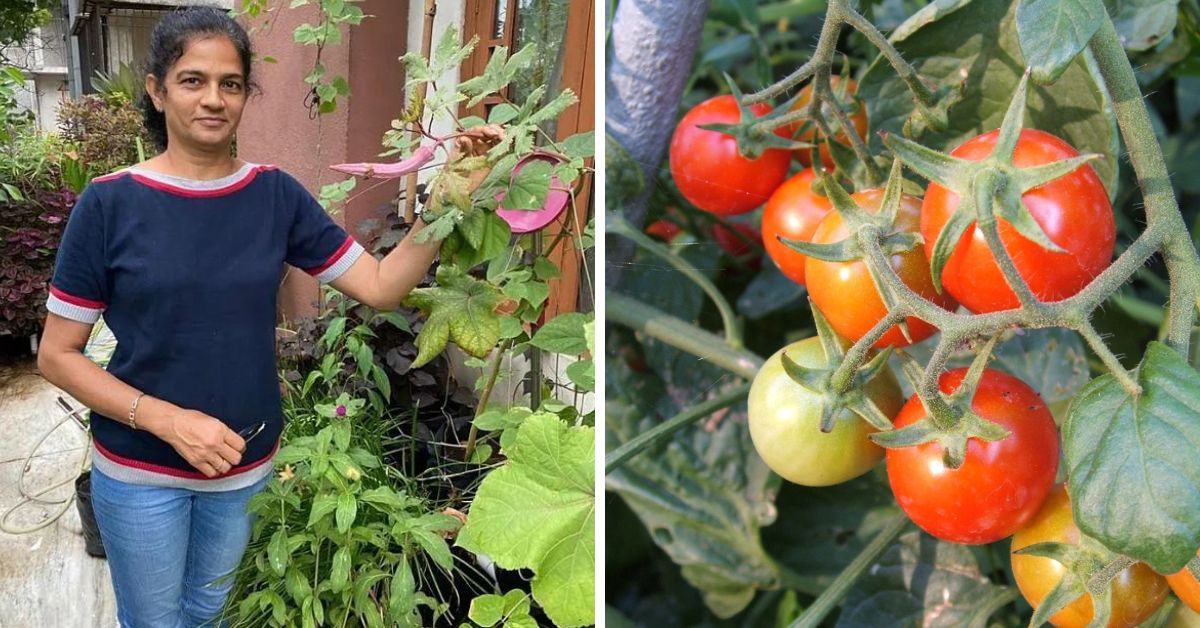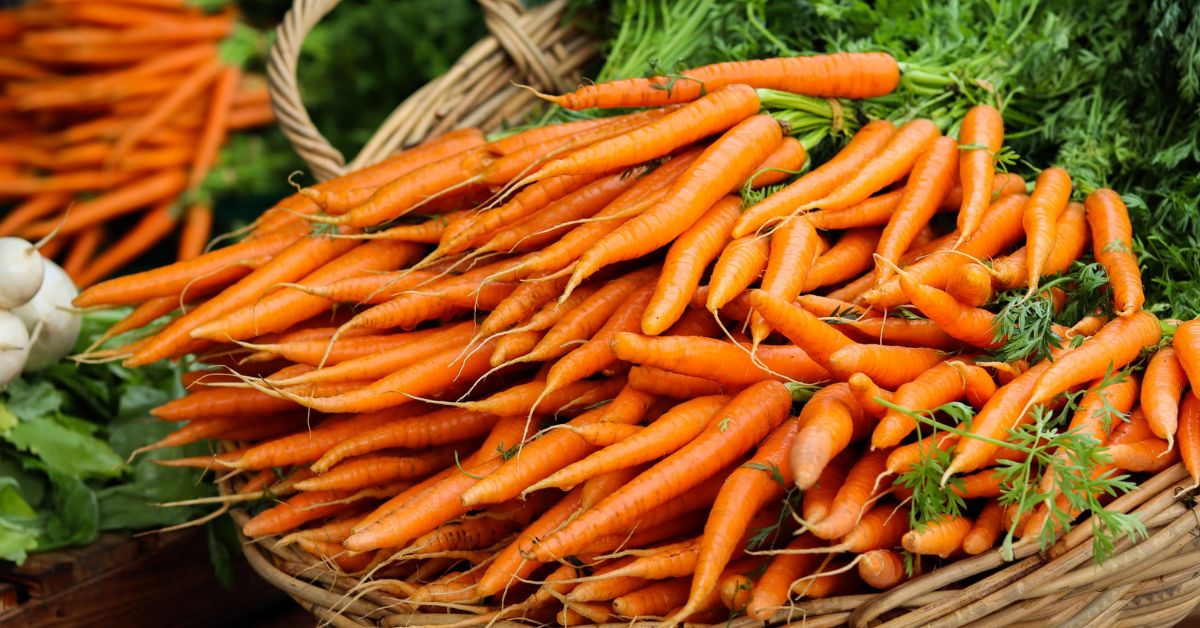How to Grow These 5 Winter Veggies & Why August is The Best Month to Start
Urban gardener Anupama Desai shares how you can grow these five winter vegetables right at home, and why August is the perfect time to start.

In India, August is a month of transition — summer vegetables have been harvested and the winter will bring with it fresh and new produce. It’s the time when terrace and home gardeners start preparing for the coming season by planting their winter seeds. In about two or three months, the food will be ready.
Surat’s Anupama Desai, who organises home gardening and terrace gardening workshops, explains why August is the magic month to plant these seeds.
“August onwards, the weather generally starts becoming humid and temperatures fall. These are the perfect conditions for several flowering and vegetable plants. Since different places have different temperatures, the seeds need to be planted accordingly,” she tells The Better India.
She says that while she has taken a short course about home gardening, gardening is mainly a process of trial and error. “You don’t really learn until you try it on your own. It’s through my own experience that I learnt which plant to grow when,” she says in an interview.

So what plants can you grow this month, and how? Anupama shares:
Beet
- Take a small pot or a cut plastic bottle.
- Fill in the potting mix, which can include soil with cocopeat, sand, and compost.
- Plant the seeds at a little distance from each other.
- Add some more soil on top so the seeds are covered. Sprinkle some water on top.
- Place the pot in a shaded area. Too much exposure to sunlight isn’t good for the plant.
- Two to three weeks later, the plant will start sprouting. Regularly water the plant to ensure the soil isn’t drying out.
- It should now be ready for transplantation to a bigger pot.
- Keep watering the plant and keep it in shade for two to three days.
- After this, it’s ready to be moved to a sunnier area.
- After about a month, start fertilising the plant with mustard cake, neemkhali, or some other natural solution
- The beets will be ready to be harvested in about three months.
Cauliflower
Cauliflower and broccoli are planted in similar ways. For these, one must buy seeds from the market. If you already own seeds, prepare them by adding Trichoderma powder or turmeric water.
- Plant the seeds in a medium sized pot or a sapling tray.
- As soon as a few leaves start to emerge, transfer the plant to a larger pot.
- Add potting mix, which can be a mix of 50 per cent normal soil and 50 per cent cocopeat and compost.
- Water regularly and you should see results in about a month.
- In about 45 days, the plant should start flowering,
- Add manure so that the plant starts producing vegetables soon, at roughly the 2.5 month mark.
- To prevent pest attacks, regularly spray organic insecticides like neem cake or cow’s milk.
Carrots

Since carrots are a root crop, it’s important that the pot or grow bag you’re using is deep and has a good drainage system.
- Ready the pot by adding the potting mix.
- Use your fingers to make pits in the soil that are equidistant.
- Add the seeds to these pits and cover them up with soil. Make sure not to plant too many seeds in one pot, ensuring that each has ample space to grow.
- Regularly spray water.
- In about two weeks, the plant should start sprouting.
- At about the three week mark, start spraying liquid fertiliser on them.
- Make sure the plant is getting adequate sunlight.
- In about 2.5 months, the plant should be ready to harvest.
Tomatoes
It’s easy to source tomato seeds from your kitchen, which will need to be dried.
Tomatoes can be planted in small containers or bottles. But follow these steps if you want bigger plants with greater yields.
- Prepare a spacious pot or grow bag by filling soil in it.
- Add the seed and cover it up by adding more soil on top.
- Keep sprinkling water every day.
- In about 10 days, the seed should start sprouting.
- When the plant reaches about one inch in height, plant it in another pot, making sure there’s only one plant per pot for maximum production.
- Your tomatoes should be ready soon.
Cabbage
Cabbage can be grown from seeds or stems, which you can probably find in your kitchen. If the stem has a bud or a sprout, it can be used to grow new plants.
- Cut the stem without damaging the sprout.
- Prepare a wide and deep pot or container with potting mix, making sure it has a good drainage system.
- Add the sprout part to the soil and cover it up with more soil.
- Regularly sprinkle water and make sure the plant is getting plenty of sunlight.
- In about two weeks, the plant should start growing.
- At the one month mark, add organic fertiliser like banana peel water or onion peel water.
- The cabbage should be ready in about 2.5 to three months.
So go ahead and prepare your home gardens for the oncoming winter by growing these plants. Happy gardening!
Read the story in Hindi here.
Edited by Divya Sethu
If you found our stories insightful, informative, or even just enjoyable, we invite you to consider making a voluntary payment to support the work we do at The Better India. Your contribution helps us continue producing quality content that educates, inspires, and drives positive change.
Choose one of the payment options below for your contribution-
By paying for the stories you value, you directly contribute to sustaining our efforts focused on making a difference in the world. Together, let's ensure that impactful stories continue to be told and shared, enriching lives and communities alike.
Thank you for your support. Here are some frequently asked questions you might find helpful to know why you are contributing?


This story made me
-
97
-
121
-
89
-
167















